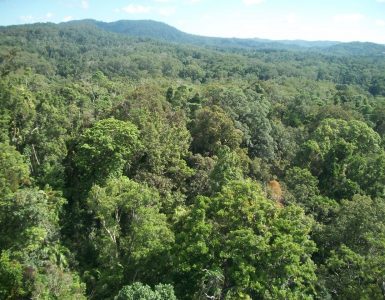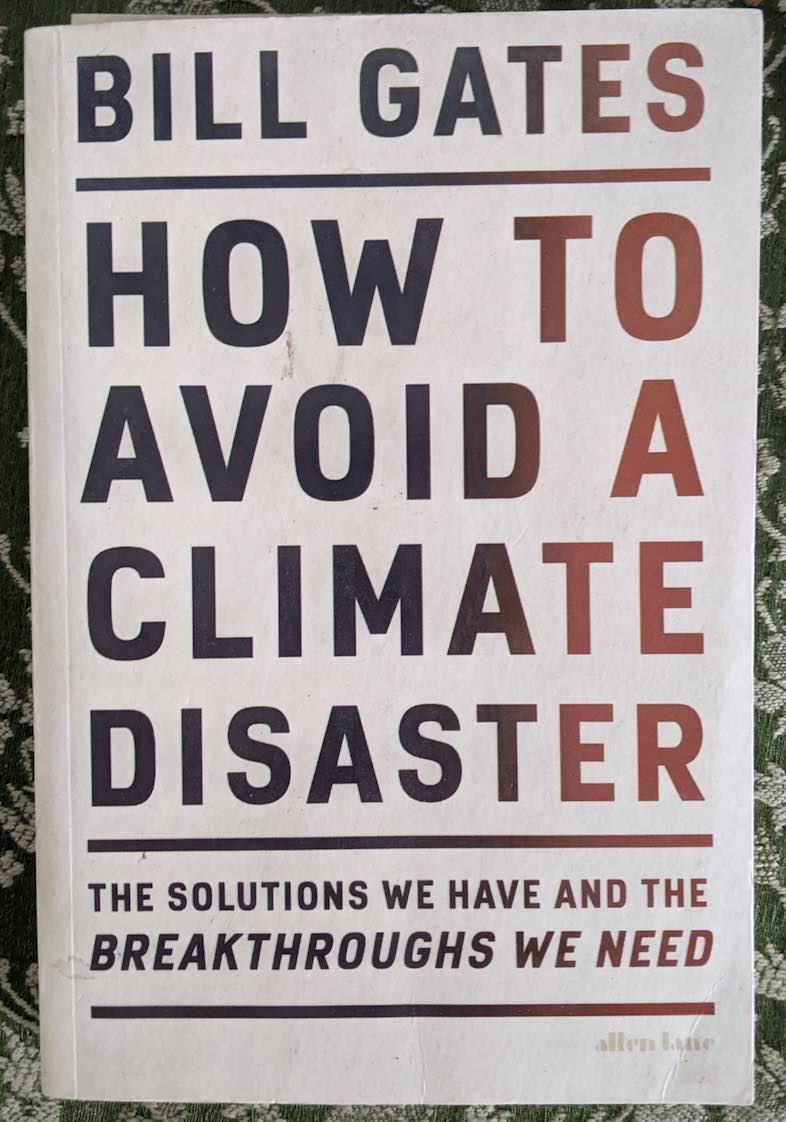The Conference of Parties or popularly referred to as COP was held this year in Glasgow, Scotland from 29th October to 12th November 2021. World leaders from around the world met and discussed the threat of climate crisis and decided on actions to tackle climate change along with sustainable development.
At the summit, India’s actions were closely followed. Though India has done reasonably well in pursuing its Paris COP21 commitments, it was one major country that had not made any net-zero commitments prior to COP26.
India which is Asia’s third-biggest economy and third-largest emitter of CO2 in the world had been reluctant to commit to net zero, citing its developmental needs. It is also noteworthy to note that India which is having 17% of the world’s population but emits only 5% of the overall carbon emissions.
India at Glasgow Climate Summit
Finally, at the Glasgow COP26 summit, Indian prime minister Narendra Modi made the announcement that India will target to become net zero by 2070. The prime minister also put forward a unique Panchamrit formula as a gift to the world to fight climate change.
India plans to become net-zero by 2070.
At Glasgow Climate Summit, India made this commitment also mentioned about country's Panchamrit (5 nectars) formula.#India #NetZero #COP26 #COP26Glasgow #ClimateAction #ClimateCrisis #ClimateJustice #GlobalWarming #ClimateActionNow pic.twitter.com/Pqv9EAIieB
— Change Started (@ChangeStarted) December 11, 2021
Major highlights of India’s commitment at the Glasgow Climate Summit are as below.
- Indian Railways to be Net-zero by 2030.
- 500 GW of nonfossil fuel energy generation by 2030.
- 50 percent of India’s energy requirement to be met by renewable energy
- India is to reduce its carbon intensity by 45 percent by 2030. This has been scaled up from the 35 percent target of COP21.
- A reduction in cumulative net carbon emissions by 1 billion by 2030.
- India introduced the idea of a global movement under the name LIFE which stands for Lifestyle for Environment. This movement is to raise awareness among people to lead a lifestyle that is in close contact with nature.
- The LED program in India has contributed to 40 billion tonnes of reduced carbon emissions. India along with the UK started the OWOSOG which is also known as Green Grid.
- India along with some countries started the Climate Disaster Resilient Infrastructure program to adapt to climate change and prepare themselves for natural disasters.
- India on behalf of developing countries asked for 1 trillion dollars in climate finance to tackle climate change.
- India focussed on Phase down of coal instead of the Phase-out of coal due to its high dependency on coal as it’s a major source of energy.
The COP meets under the United Nations Climate Change Framework Convention and includes about 200 countries of the world. Its first meeting was held in 1995 in Berlin, Germany. This was the 26th edition of COP and is conducted by UNFCCC.
A report released by Inter-Governmental Panel on Climate Change under United Nations, released in August 2021, cautions the world against the dangers of climate change. As per the report, global levels of carbon emissions need to be halved by 2030 and net zero by 2050 so that the world can control rising temperatures.
Before the summit, various agendas were set for COP26-
- Secure global net zero by mid-century and keep 1.5 targets within reach.
- Mobile finance
- Adapt to protect communities and natural habitats.
- Work together to develop the Paris rulebook.
After two weeks of hard negotiations, and discussions, the Glasgow climate Pact was signed. The major takeaway from it is:-
- Adaptation – Prepare a global goal for an adaptation like a mitigation goal of 2 C by 2100. For this, a 2-year work program is to be set up. Developed countries will double the money for adaptation by 2025 from 2019 levels which were 15 billion dollars. Developing countries demand 50 percent of climate finance in adaptation.
- Finance – Developed countries will provide 100 billion dollars per year to developing countries by 2023 and continue till 2025 from there it will scale up this amount.
- Carbon Markets – The discussions on the carbon market were covered with ice since COP21 due to the deadlock. The ice has melted a bit in this year’s COP. The developed countries have agreed to reprieve developing countries on carbon credits accumulated from Kyoto to use them to meet NDC till 2025.
- Mitigation – Strengthen NDC for 2030 by next year. Request the UN Secretary-General to call for world leaders to meet in 2023 to scale up ambition for climate action.
Various pledges were undertaken at this summit, including Brazil and Israel who pledged to Net-zero by 2050. China reaffirmed its commitment to become net-zero by 2060 and also pledged to put forward its plan to peak its emissions by 2030.
Some other major highlights of COP 26 are listed below.
- More than 30 countries took the Zero-emissions vehicle pledge under which countries will work for the transition to 100 percent emission-free cars by 2040.
- More than 100 countries pledge for deforestation in which they will take action to reverse deforestation.
- More than 100 plus countries took the Methane pledge under which they will reduce 30 percent of methane emissions from the present level by 2030.
The article is contributed by Shrayash Gupta, M.Tech Climate change, Researcher at TCS R&D.







Add comment